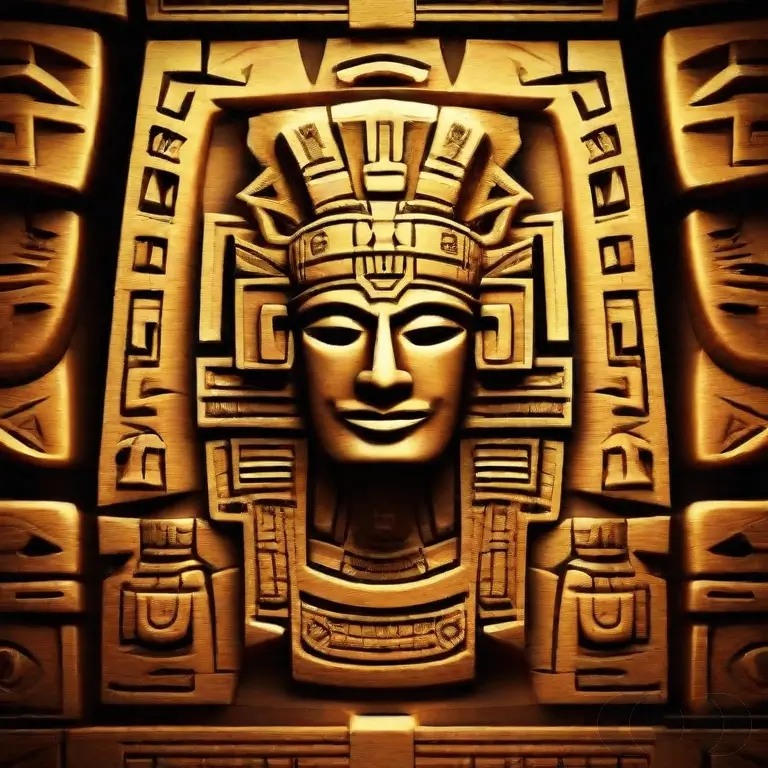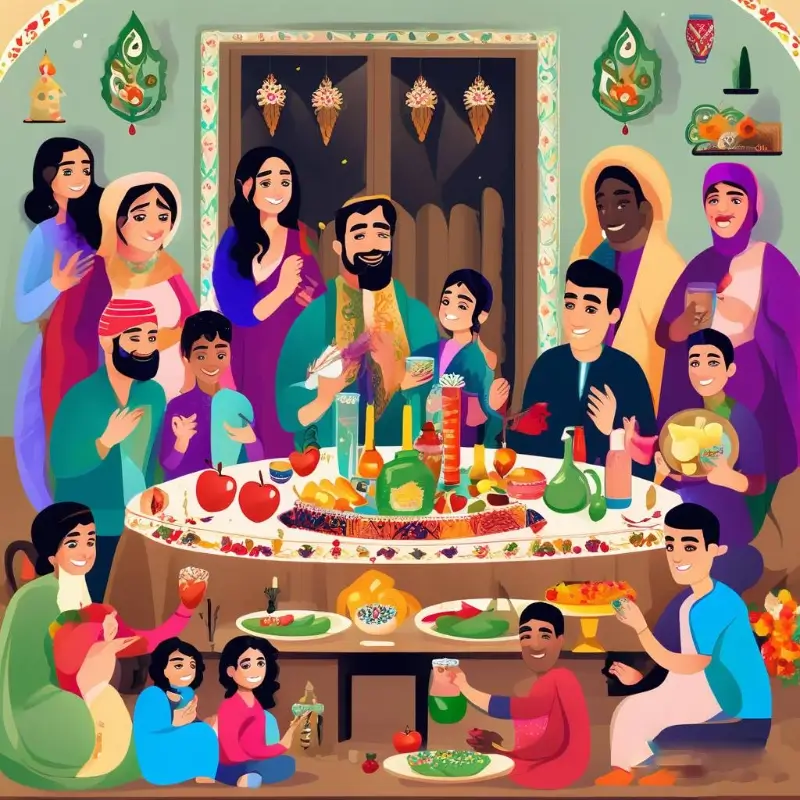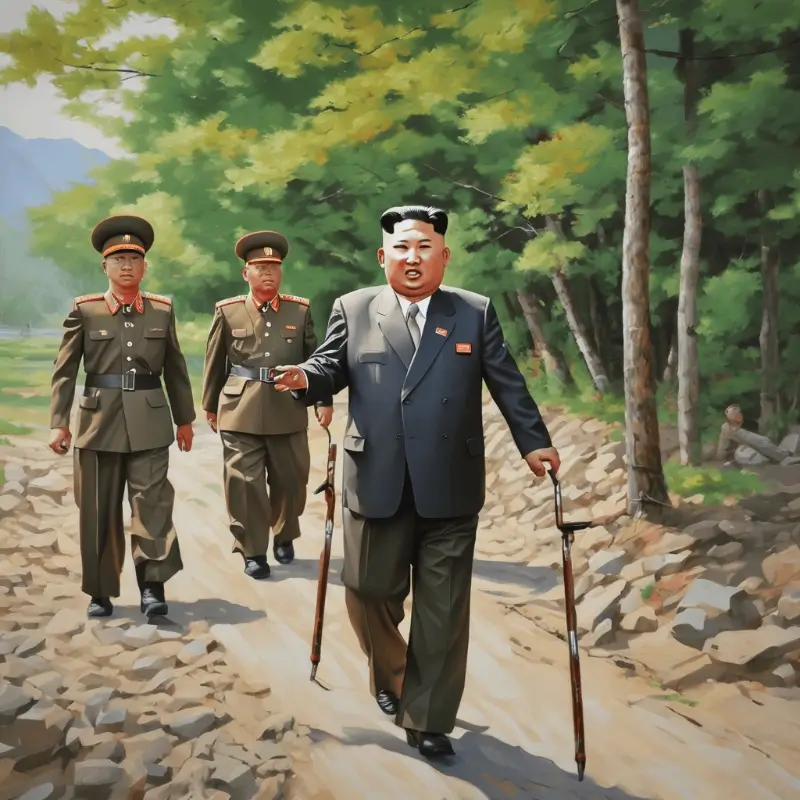why did the Mayan civilization suddenly disappear?
The Maya civilization is often associated with a sense of magic and mystique, due in part to its advanced intellectual and artistic achievements, as well as its rich mythological and spiritual beliefs. Some of the “magical” aspects of the Maya civilization include:
- Astronomy: The Maya had an incredibly sophisticated understanding of astronomy, including the calculation of the solar year, the cycle of Venus, and the lunar month. They were able to predict eclipses and developed a calendar system that was one of the most accurate in the ancient world.
- Mathematics: The Maya developed a numeral system with place values, which was more advanced than the systems used by other contemporary cultures. They were skilled in mathematics and used a base-20 system (vigesimal) for counting, which allowed them to calculate dates and areas with great accuracy.
- Writing and Language: The Maya had one of the most complex and sophisticated writing systems in the pre-Columbian Americas. Their script included logograms (symbols representing whole words or concepts), syllabograms (symbols representing syllables), and phonetic symbols. The Maya were able to record their history, genealogies, religious texts, and other important information in a durable written form.
- Architecture and Urban Planning: The Maya built impressive cities with monumental architecture, such as pyramids, temples, and palaces. They were skilled in engineering, constructing causeways, canals, and waterworks to manage the environment and support their urban centers.
- Agriculture: The Maya were innovative agriculturalists, developing techniques such as raised fields, chinampas (artificial islands for farming), and the cultivation of crops like maize (corn), beans, and squash. They also engaged in fish farming and managed forests for sustainable logging and other resources.
- Mythology and Religion: Maya religion was rich in symbolism and rituals, with a complex pantheon of gods and goddesses. They believed in multiple heavens and underworlds and had a intricate system of calendars that tied religious observances to agricultural cycles and cosmic events.
- Medicine and Herbalism: The Maya had a sophisticated understanding of medicinal plants and practices. They used a wide range of herbal remedies and surgical techniques to treat various ailments.
- Chocolate: The Maya were one of the first cultures to cultivate and consume chocolate, which they believed had magical properties. Chocolate was used in religious rituals, as well as a beverage for the elite.
The perception of the Maya as a magical civilization is also influenced by the stories and legends that have been passed down through the centuries, as well as the enigmatic nature of their ancient sites, such as Tikal, Chichen Itza, and Palenque, which continue to inspire awe and wonder today.
The Maya civilization did not disappear suddenly, but rather, it experienced a gradual decline over several centuries. The Maya were a Mesoamerican people who established a series of cities and states in what is now southern Mexico, Guatemala, Belize, and Honduras, between approximately 2000 BCE and 1521 CE.
The decline of the Maya civilization is a complex issue that scholars have been studying for decades. Several factors have been identified as contributing to their decline, including:
- Environmental Changes: The Maya population relied heavily on the surrounding environment for agriculture, and changes in climate, such as droughts, may have led to agricultural failures and food shortages. Deforestation and the overuse of agricultural land could also have played a role.
- Warfare and Political Fragmentation: The Maya region was characterized by frequent conflicts between different city-states. Wars and power struggles could have weakened the political structures and economic stability of the Maya civilization.
- Economic Factors: Trade networks that were important for the Maya economy may have collapsed or been disrupted, possibly due to political instability or shifts in trade routes.
- Social and Political Instability: The Maya society was complex, with a rigid social hierarchy and a ruling elite. Internal power struggles, corruption, and the collapse of dynastic lines could have led to instability and weakened the civilization’s resilience.
- External Pressures: The Aztecs, who rose to power in the central Mexican valley, increasingly encroached on Maya territory, imposing tribute and causing political and economic disruption. The arrival of Spanish conquistadors in the early 16th century ultimately led to the collapse of the Maya cities and the subjugation of the Maya people.
It’s important to note that the Maya civilization did not vanish entirely; many Maya continued to live in their traditional homelands, adapting to new conditions and, in some cases, integrating with the Spanish colonizers. The Maya culture and many of its traditions persisted and continue to this day, particularly in the areas where the Maya population remains concentrated.



